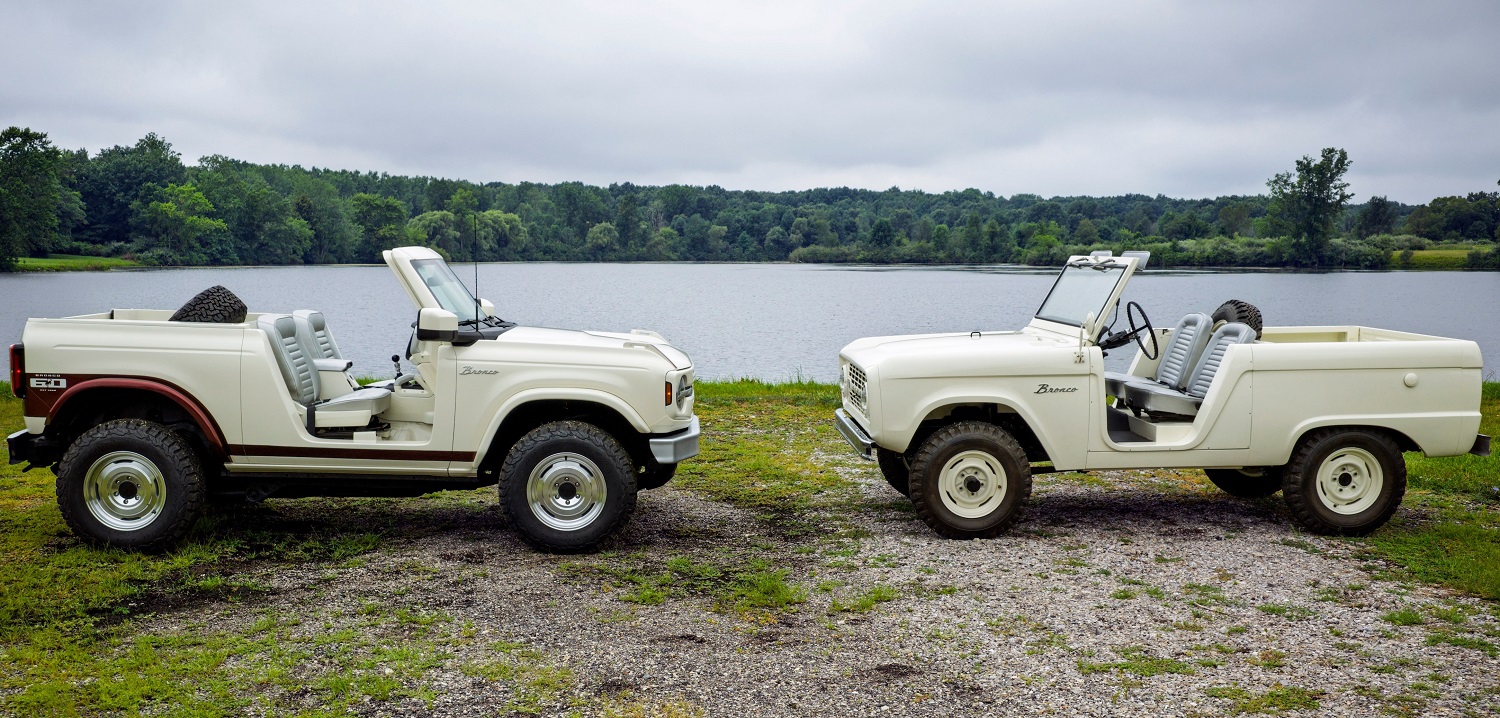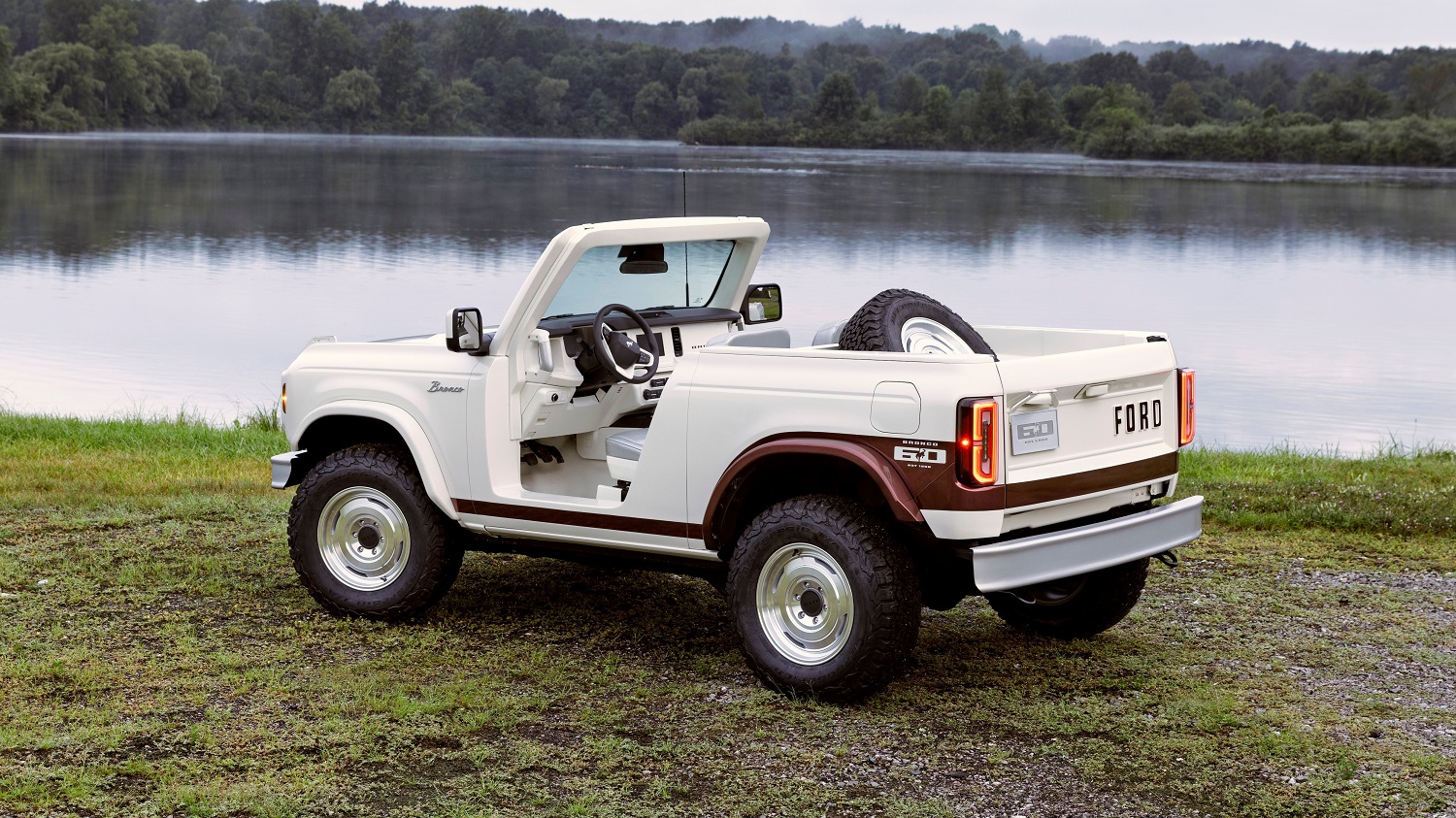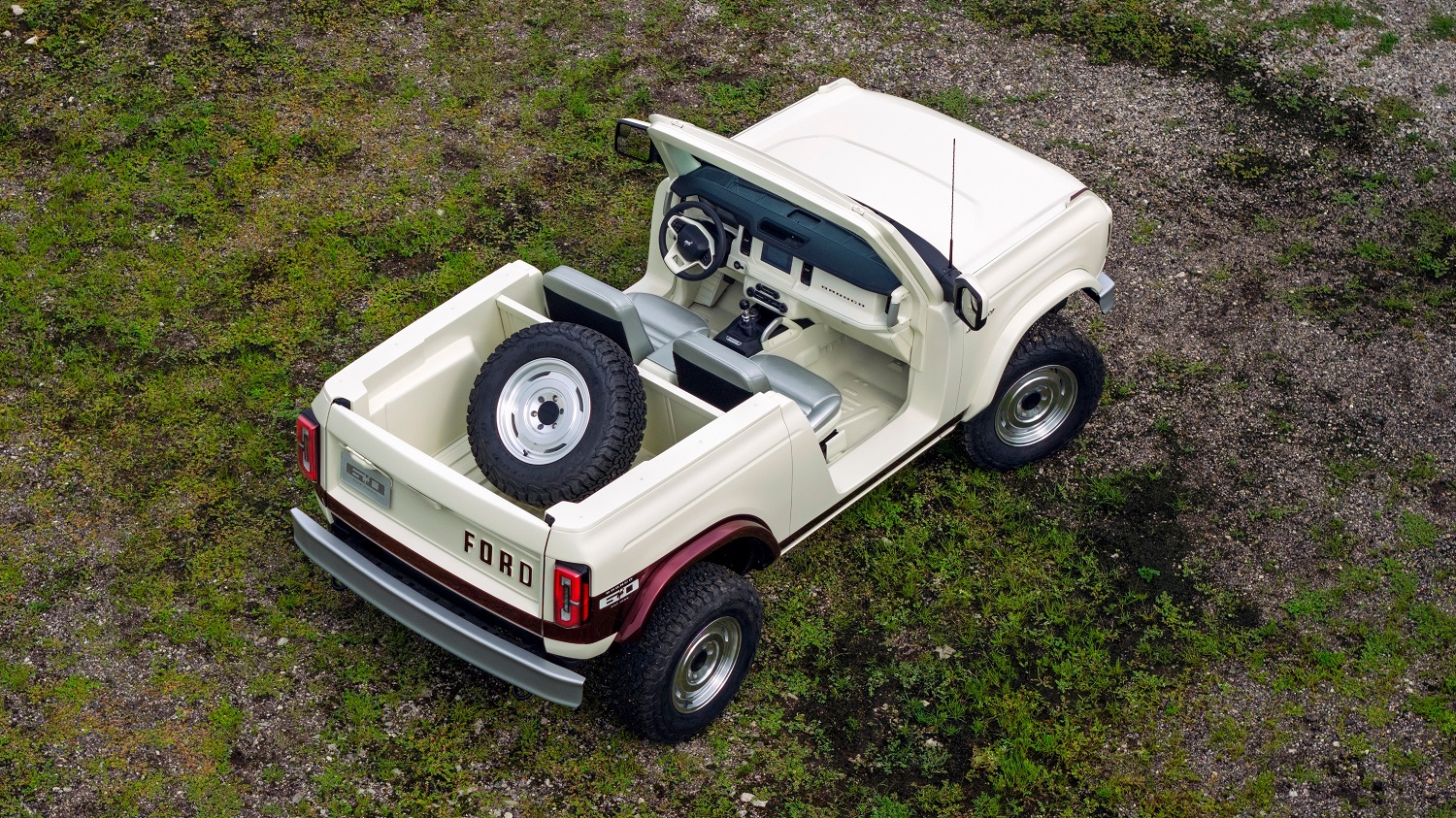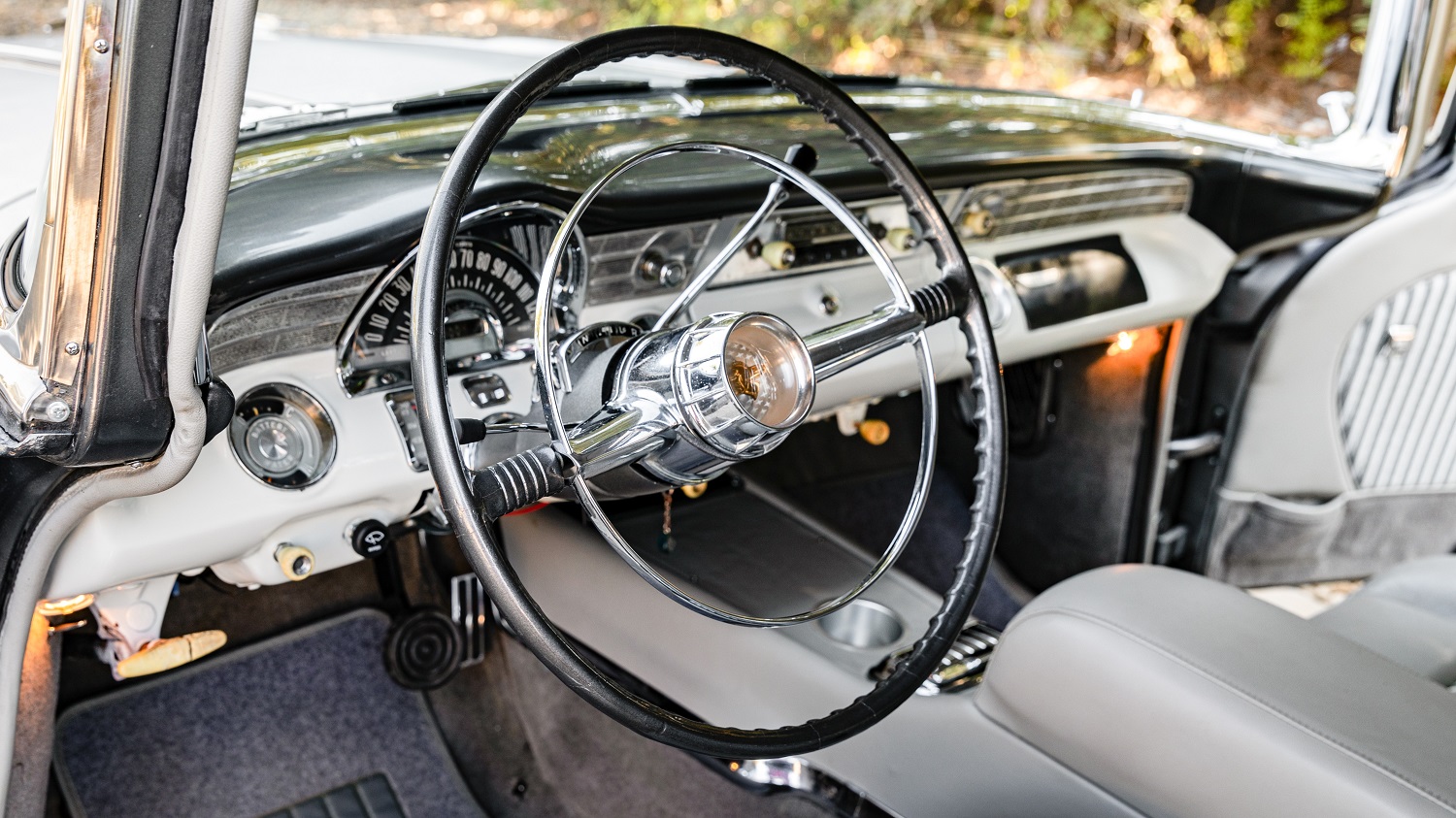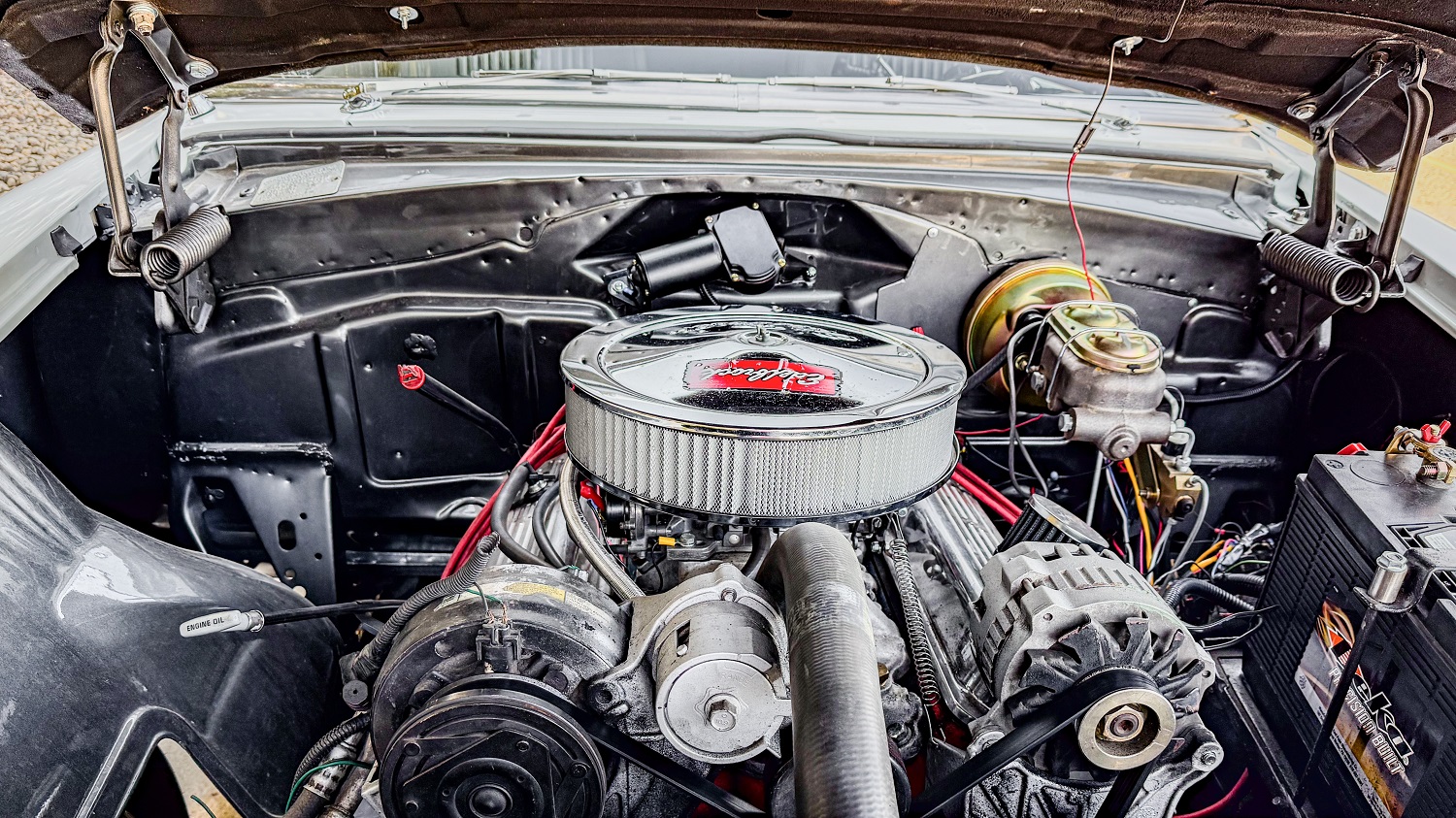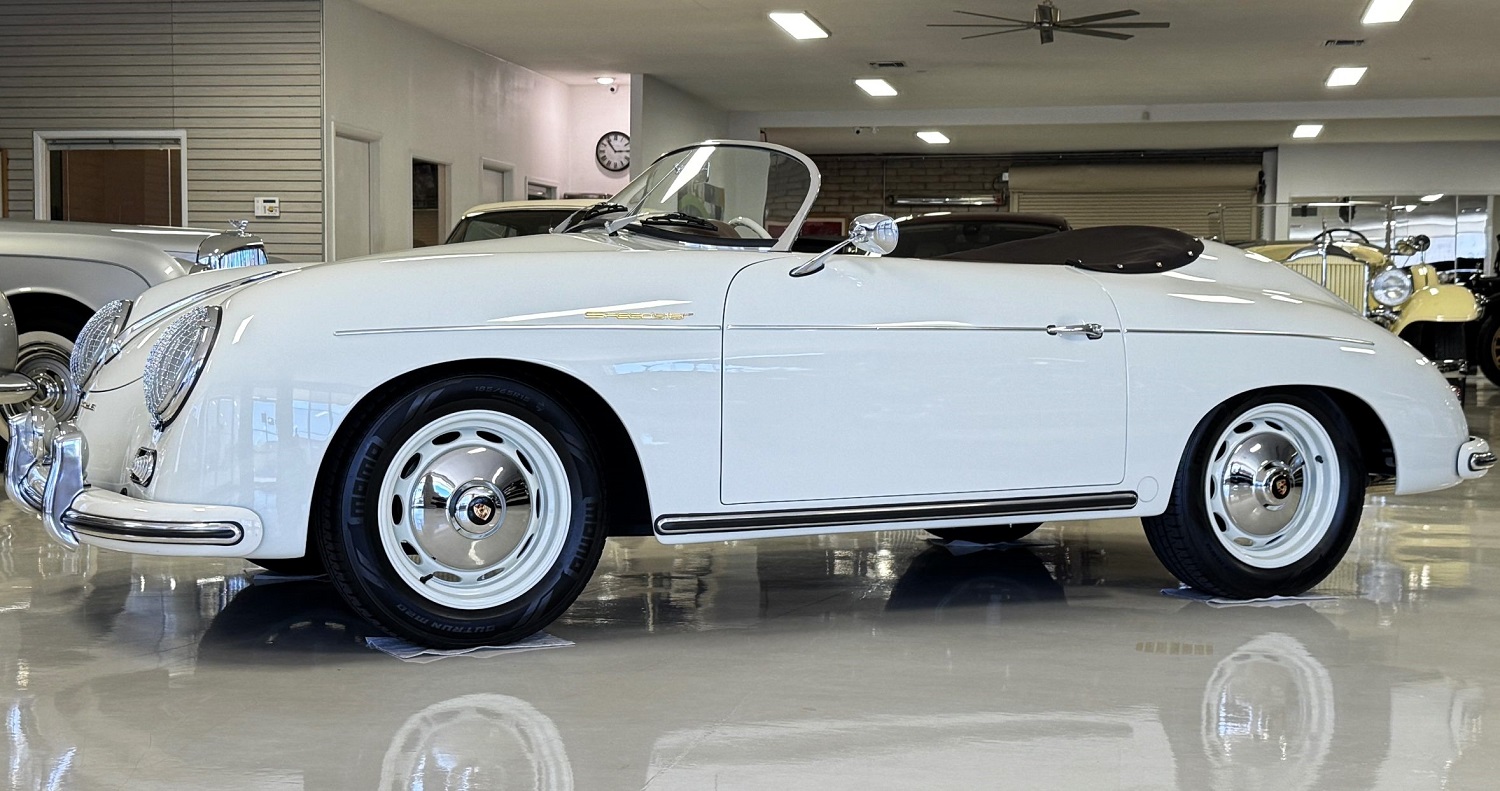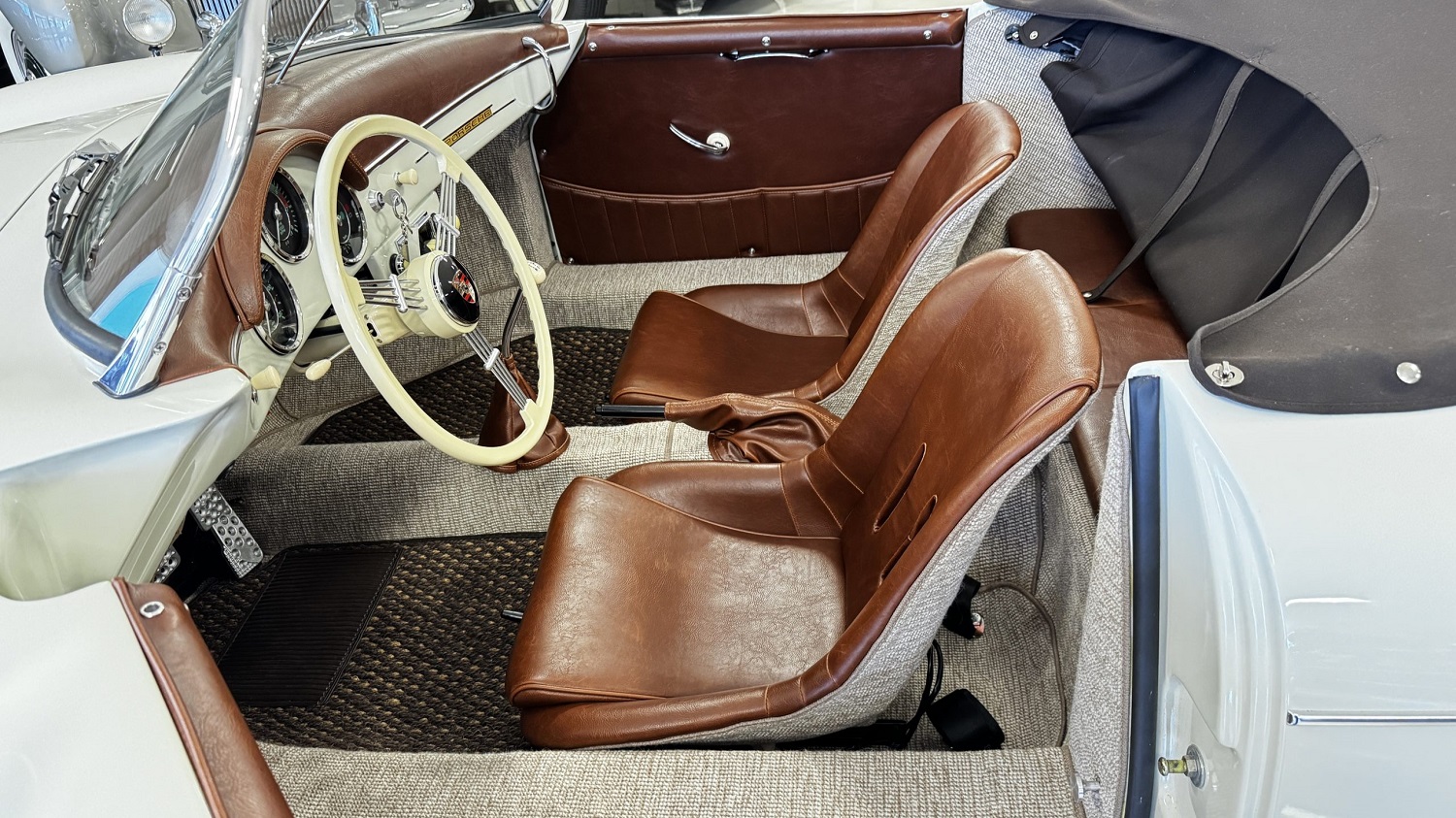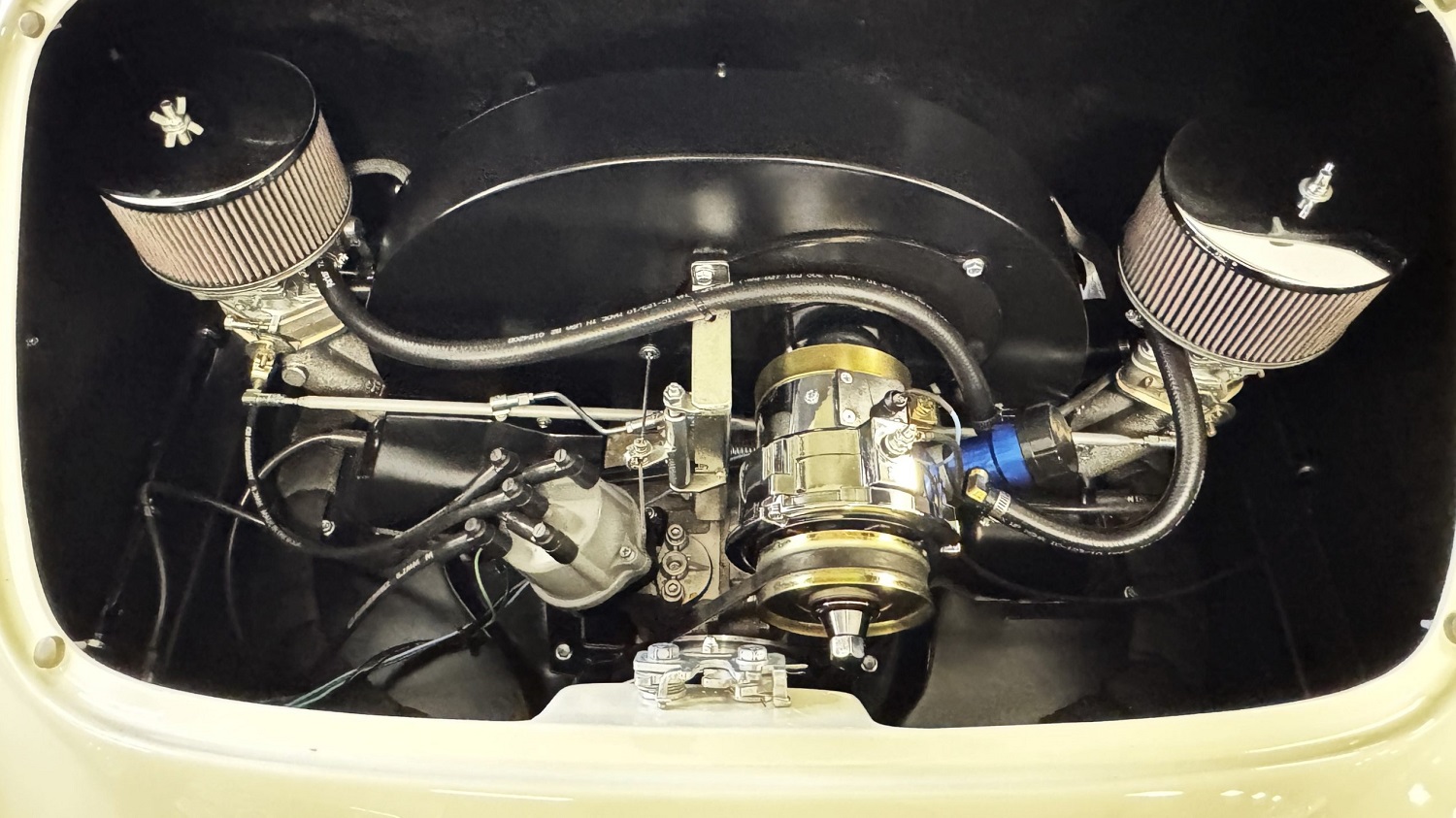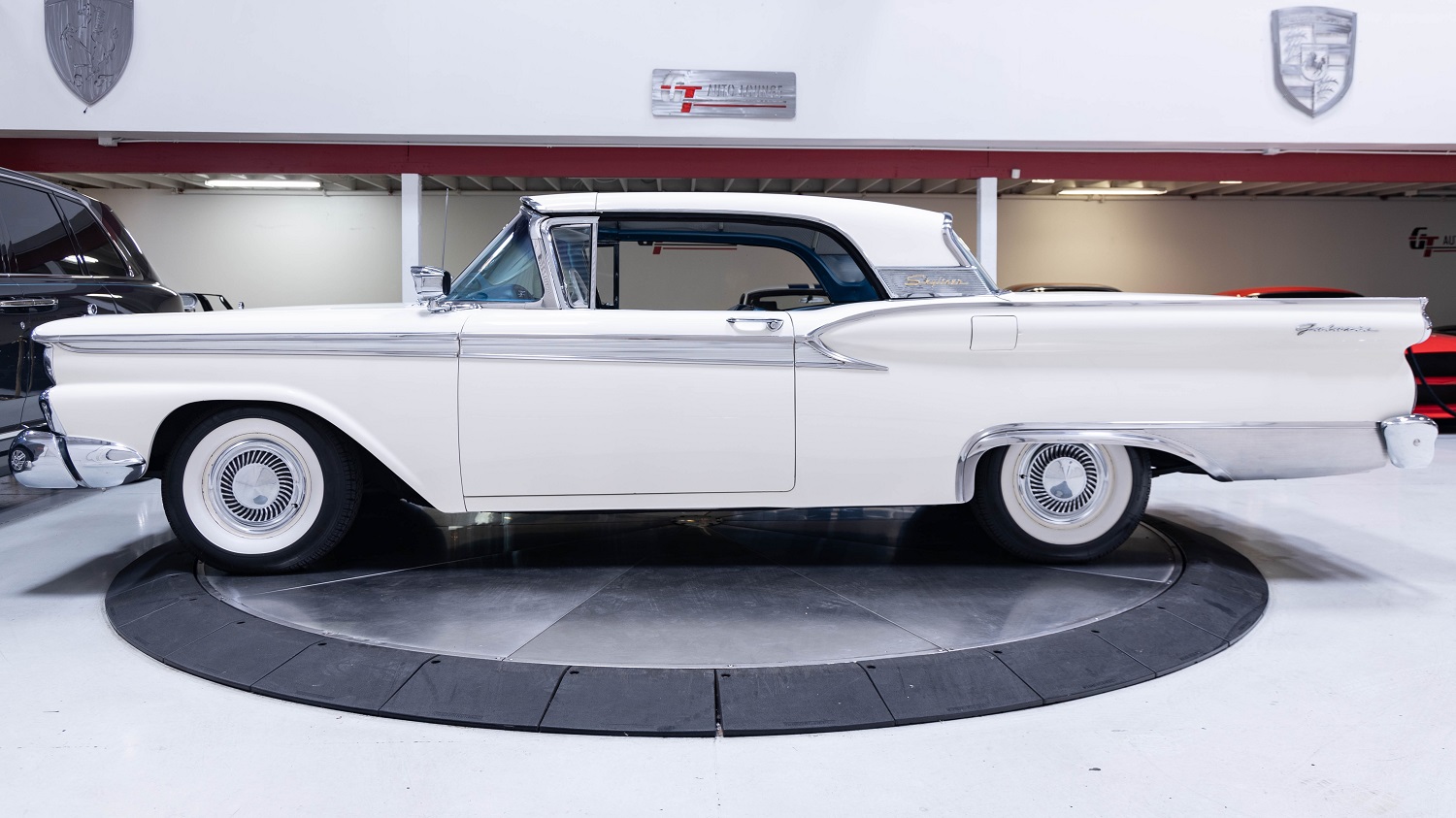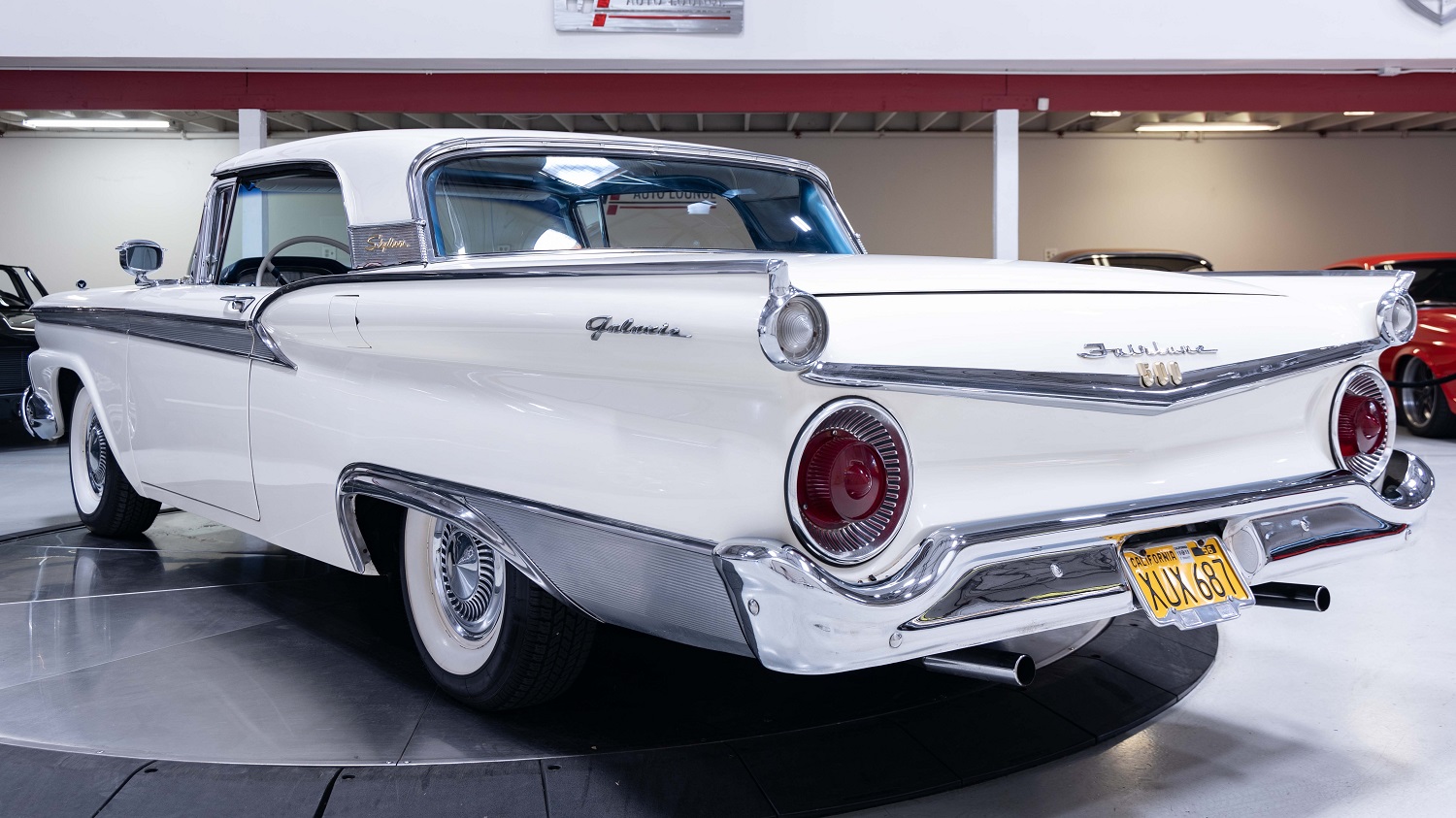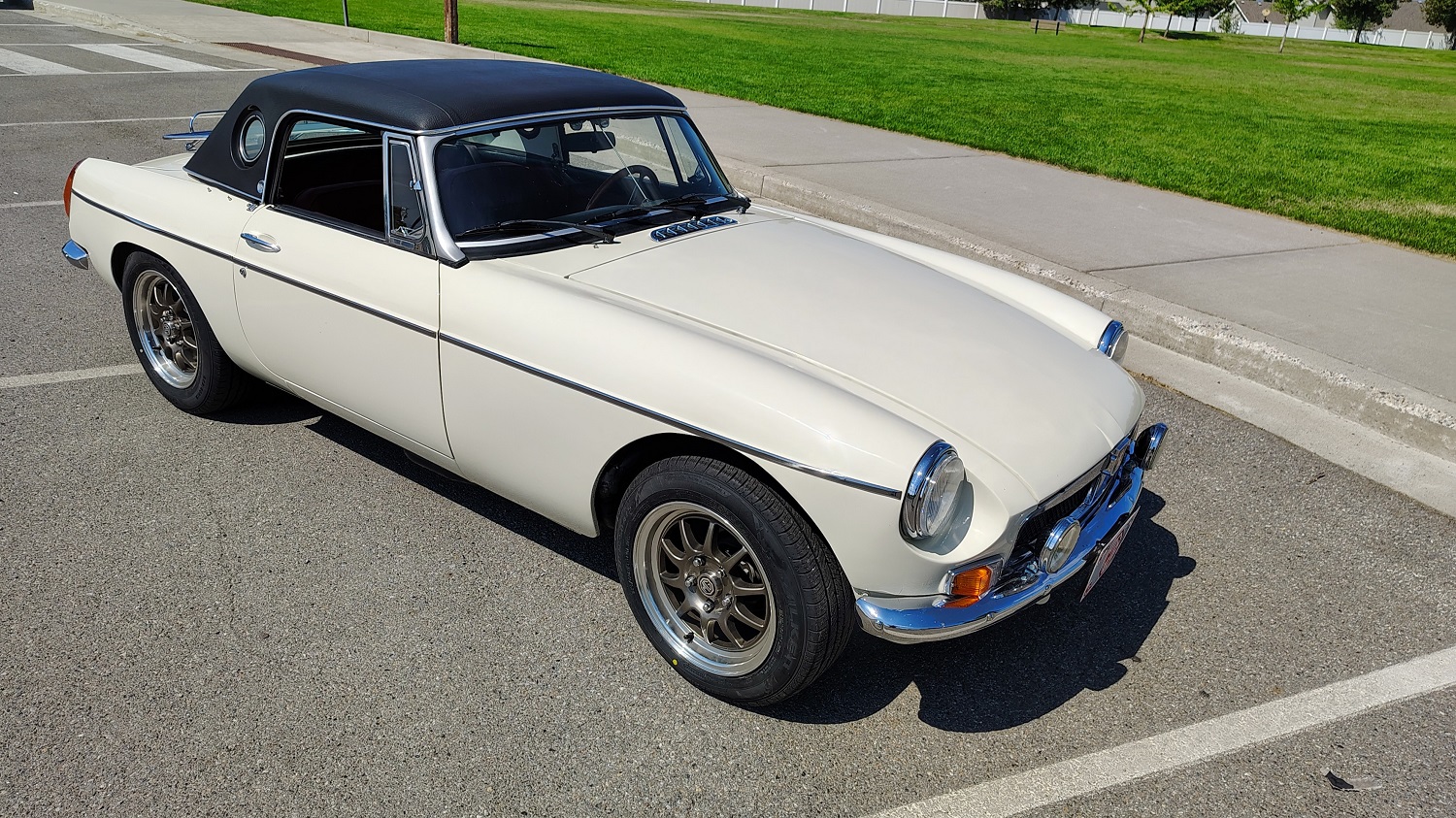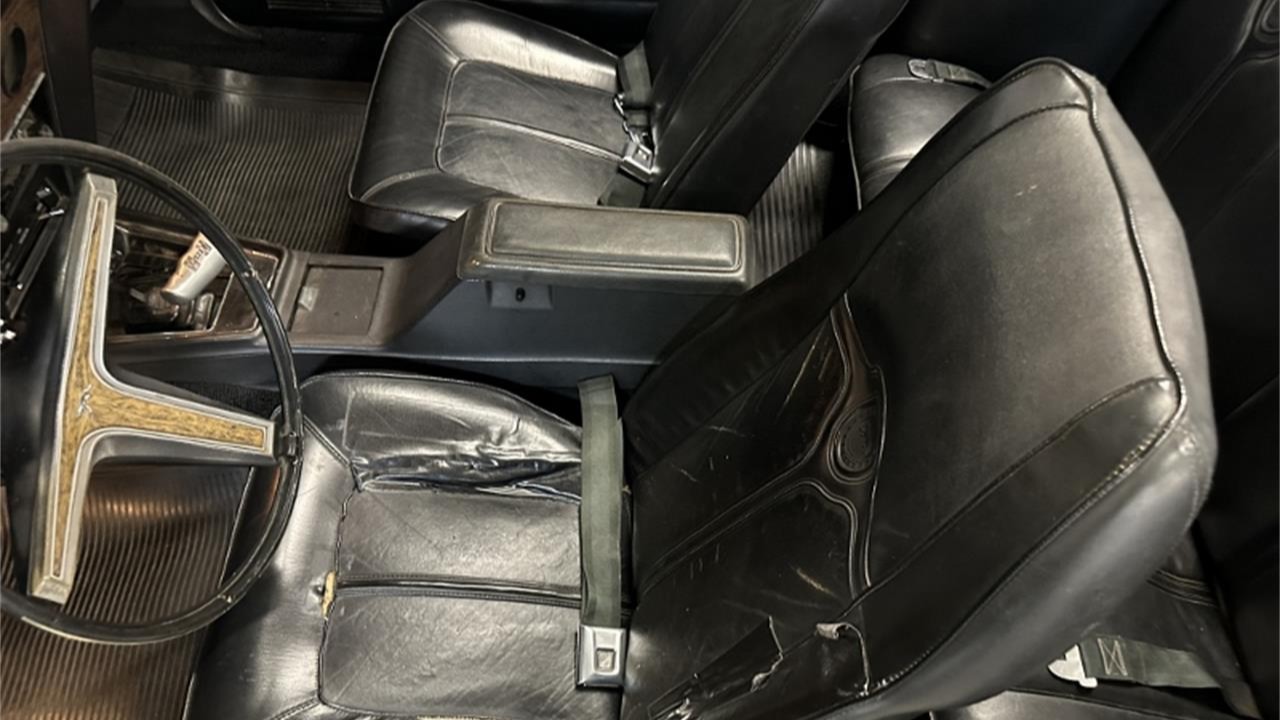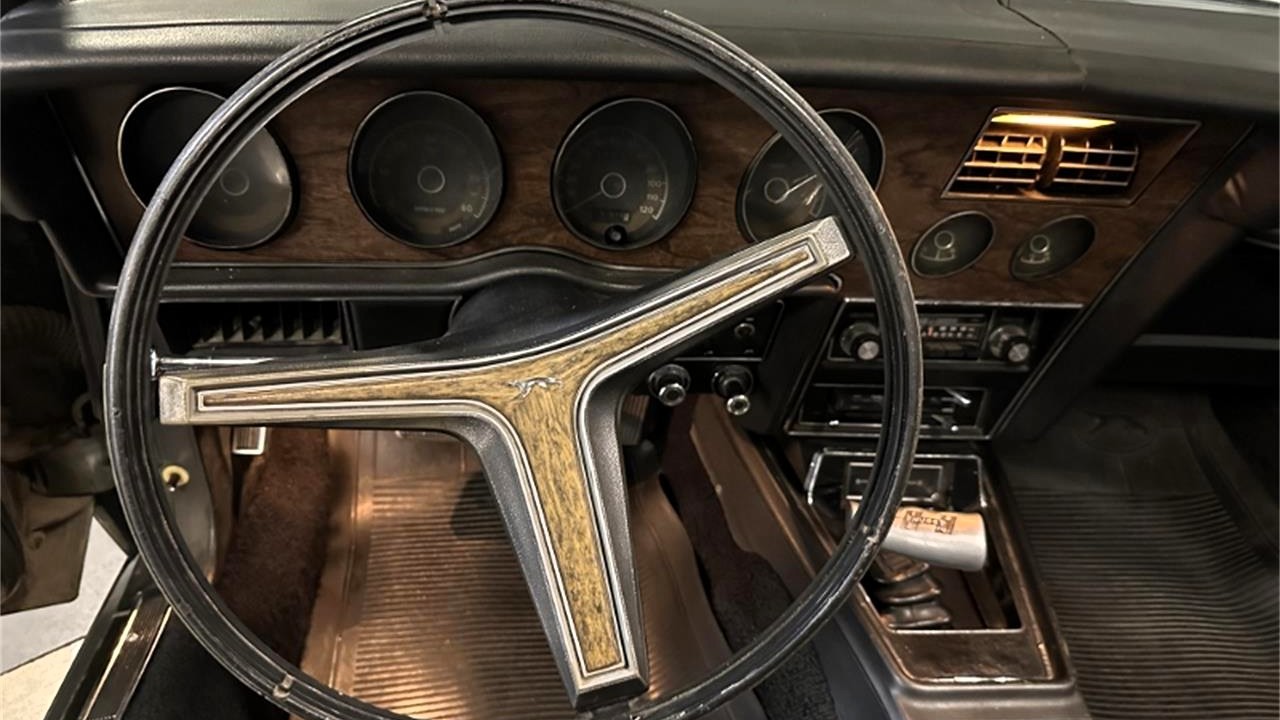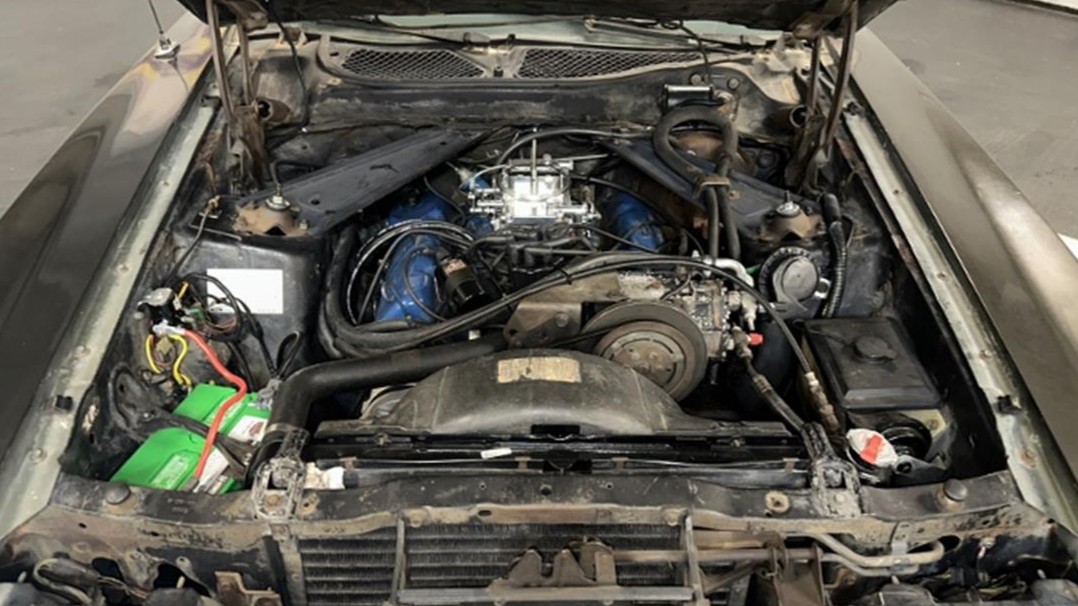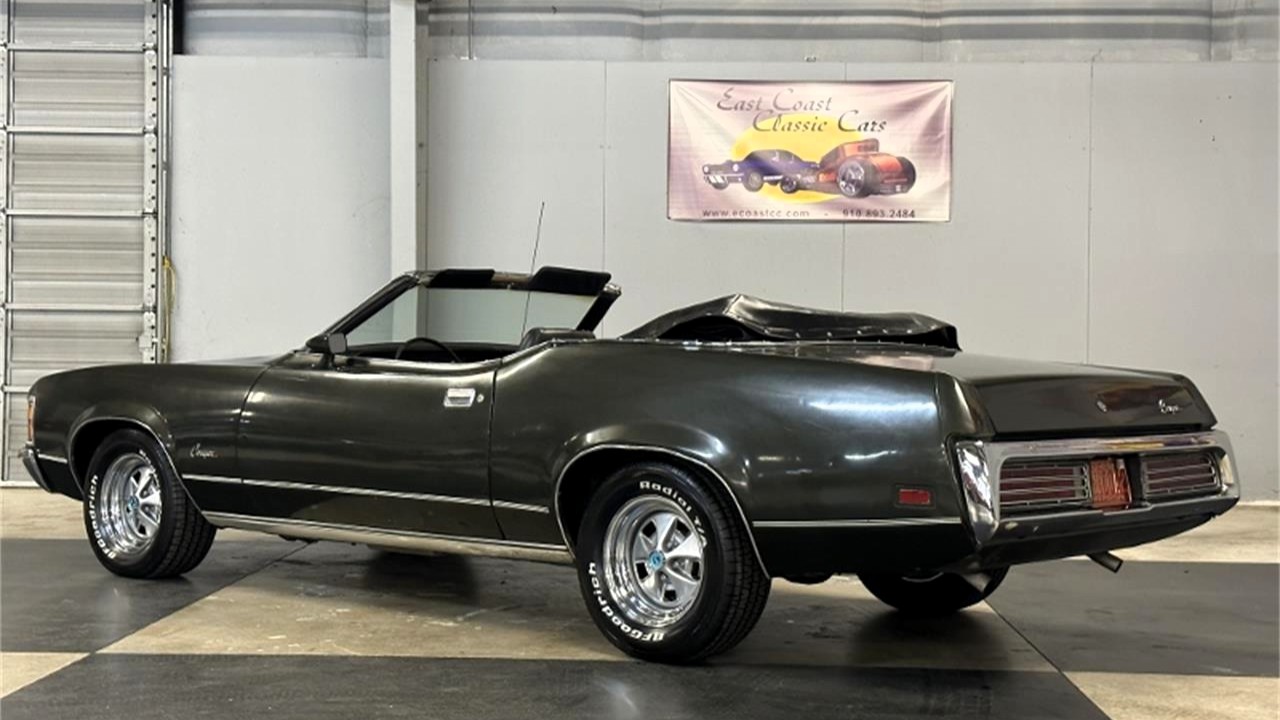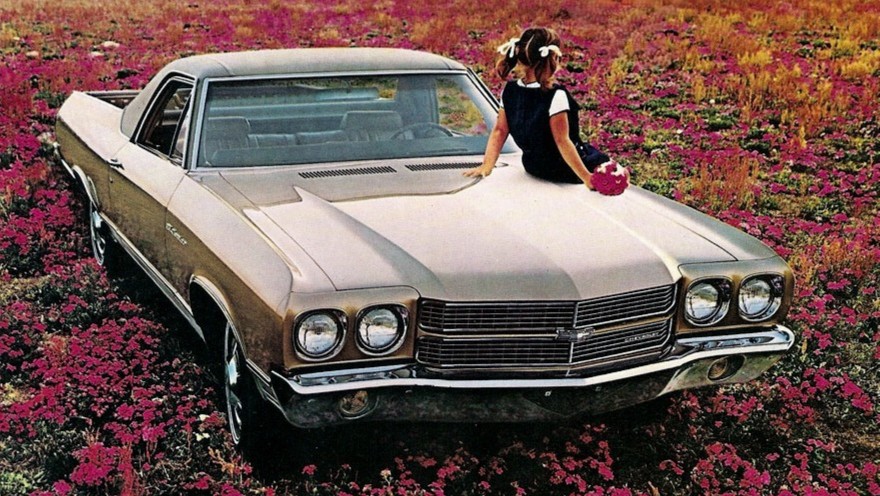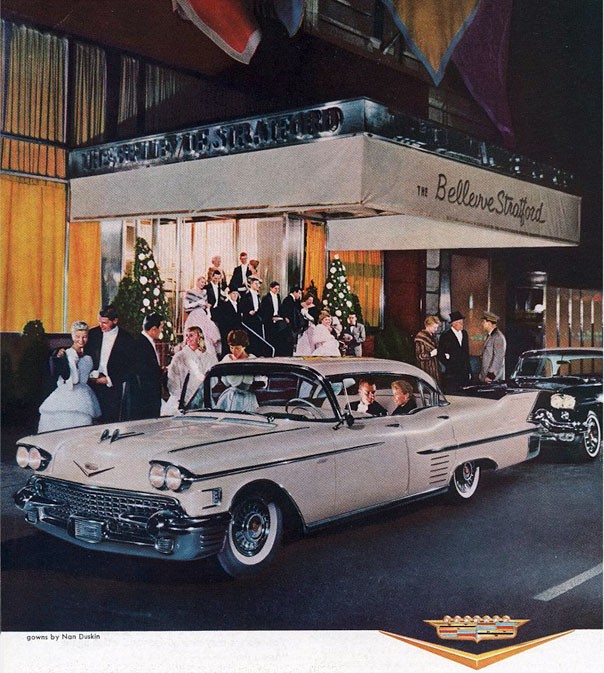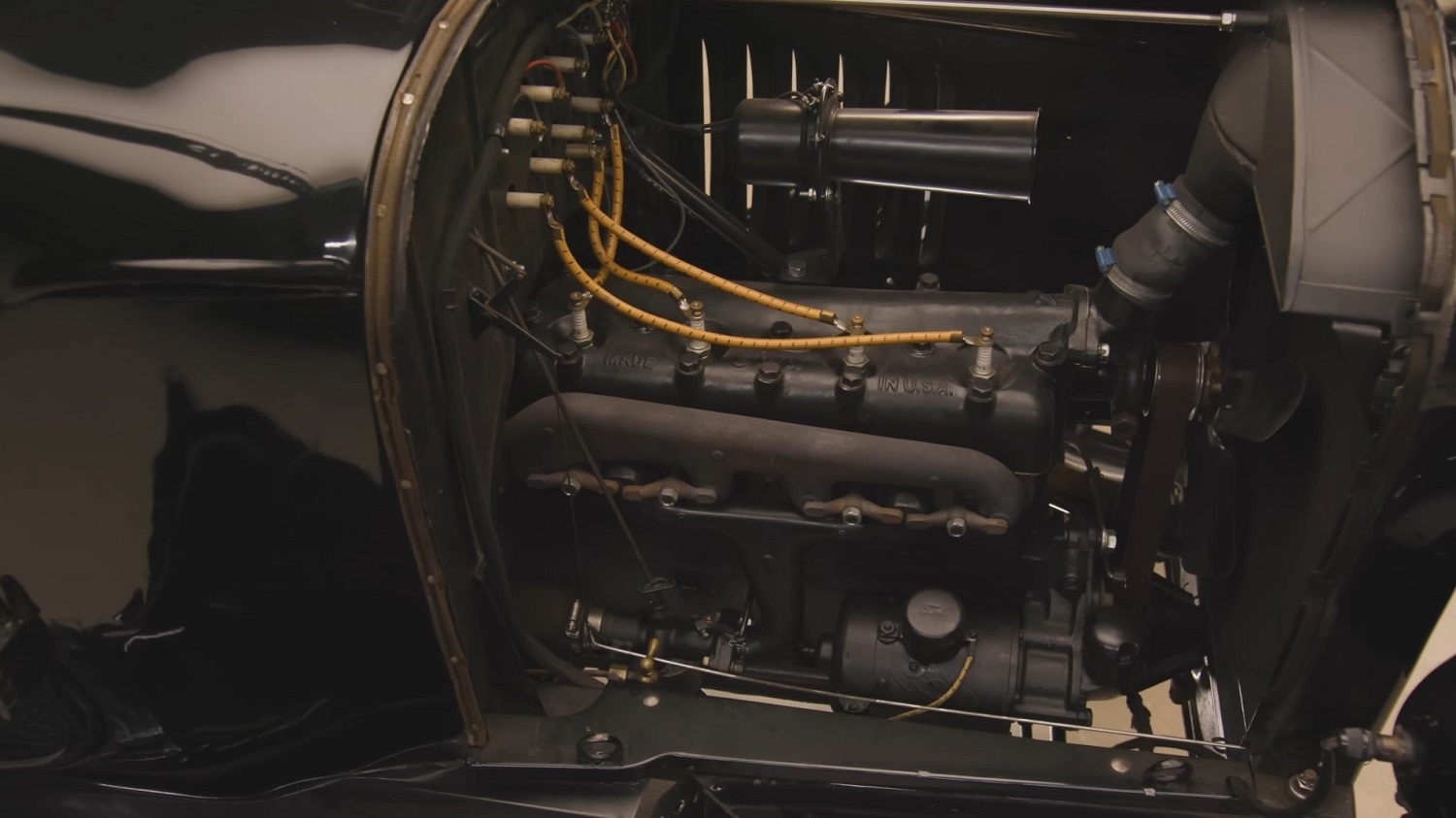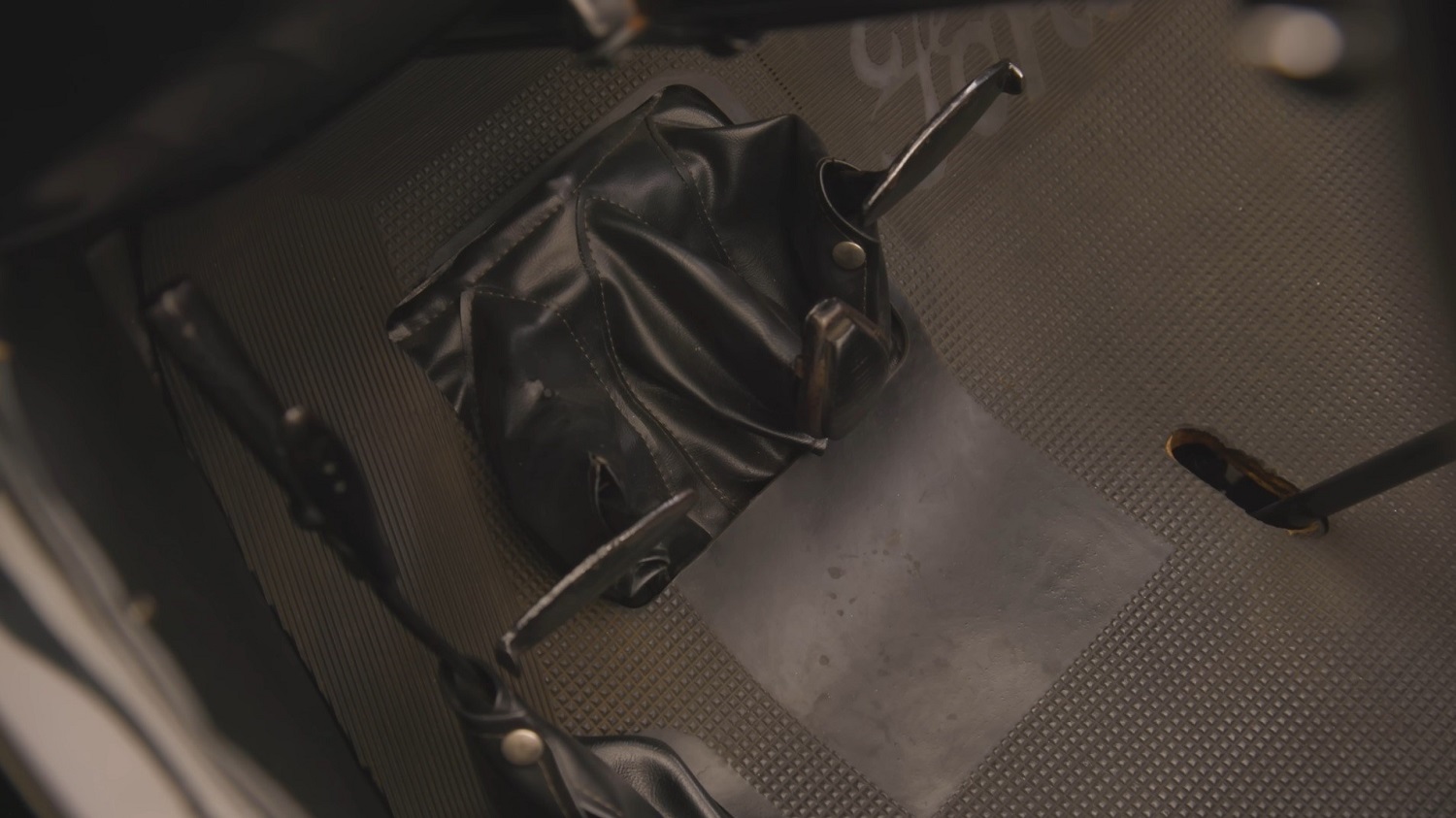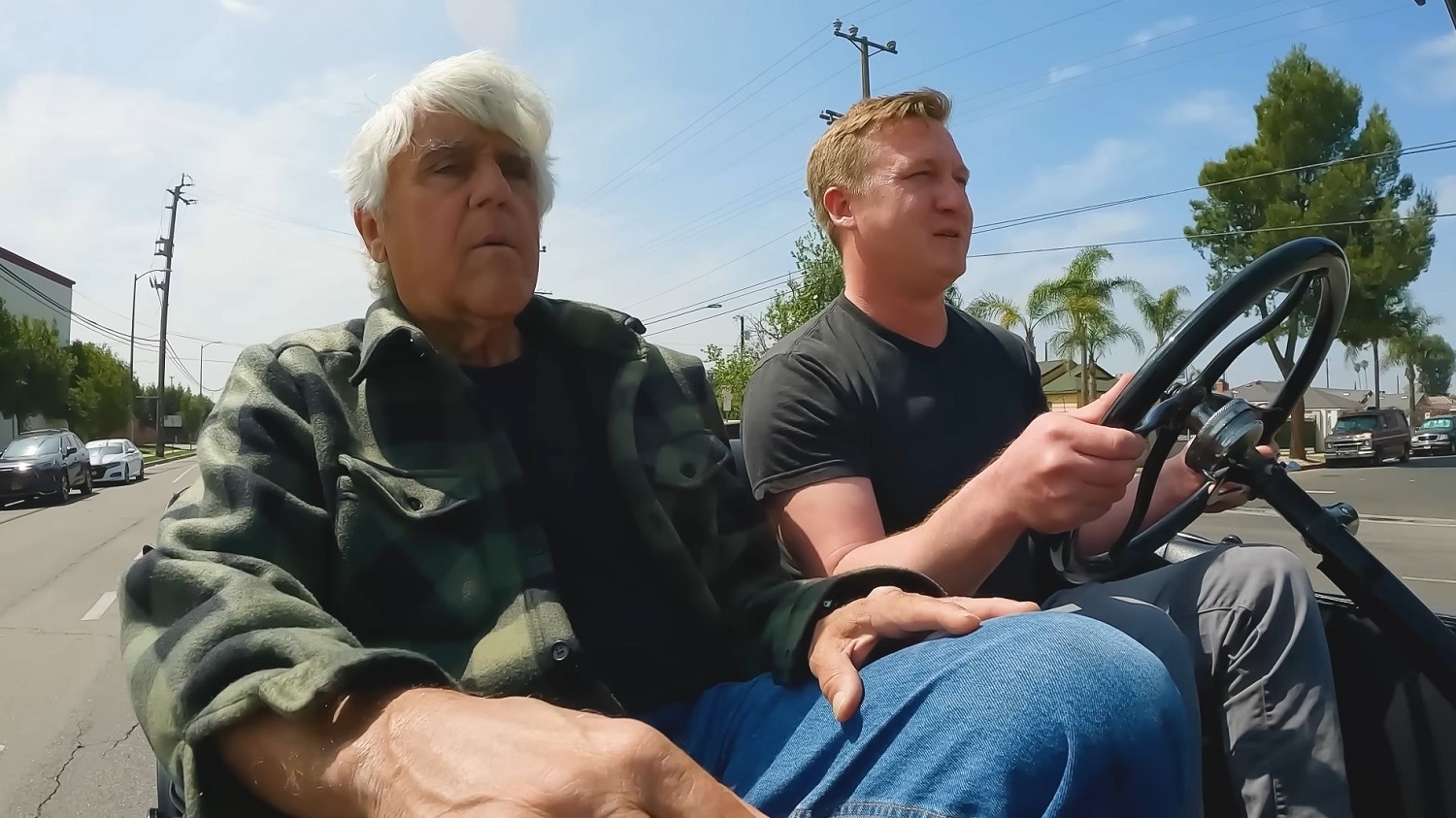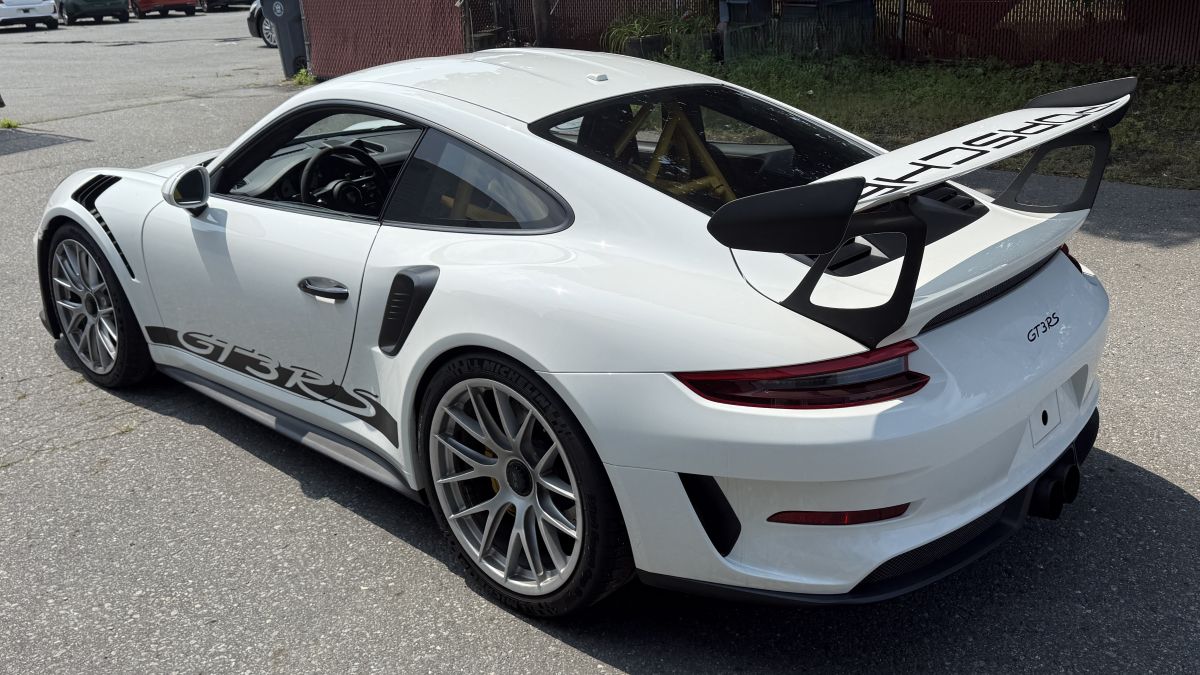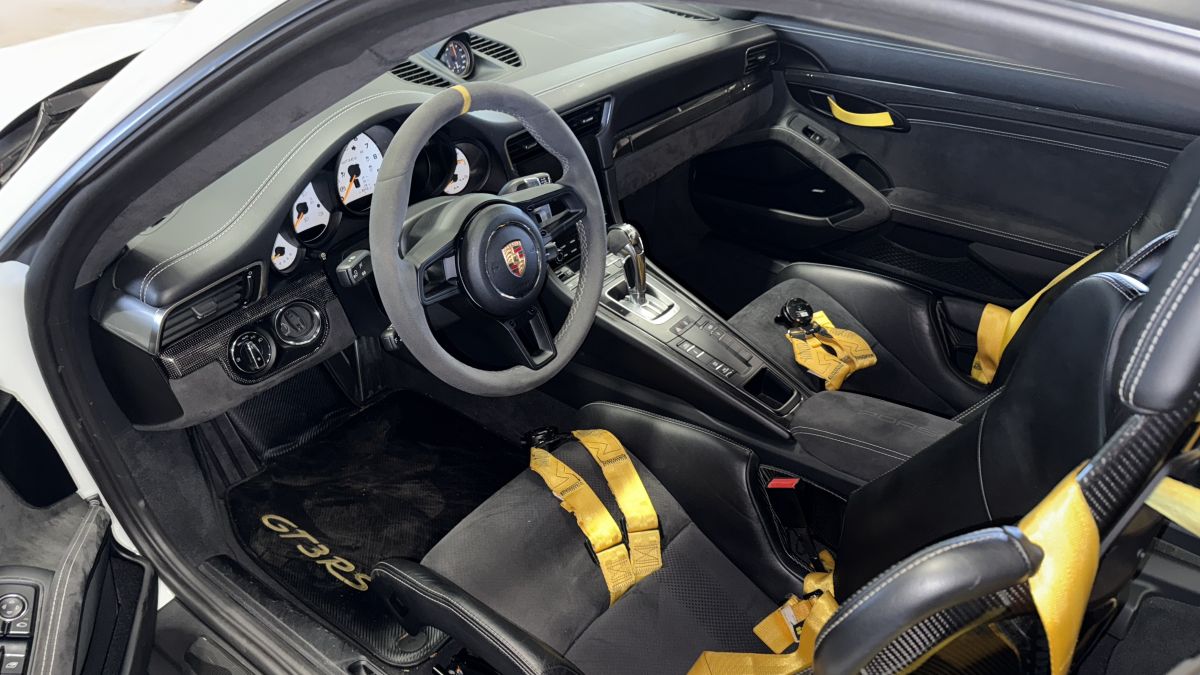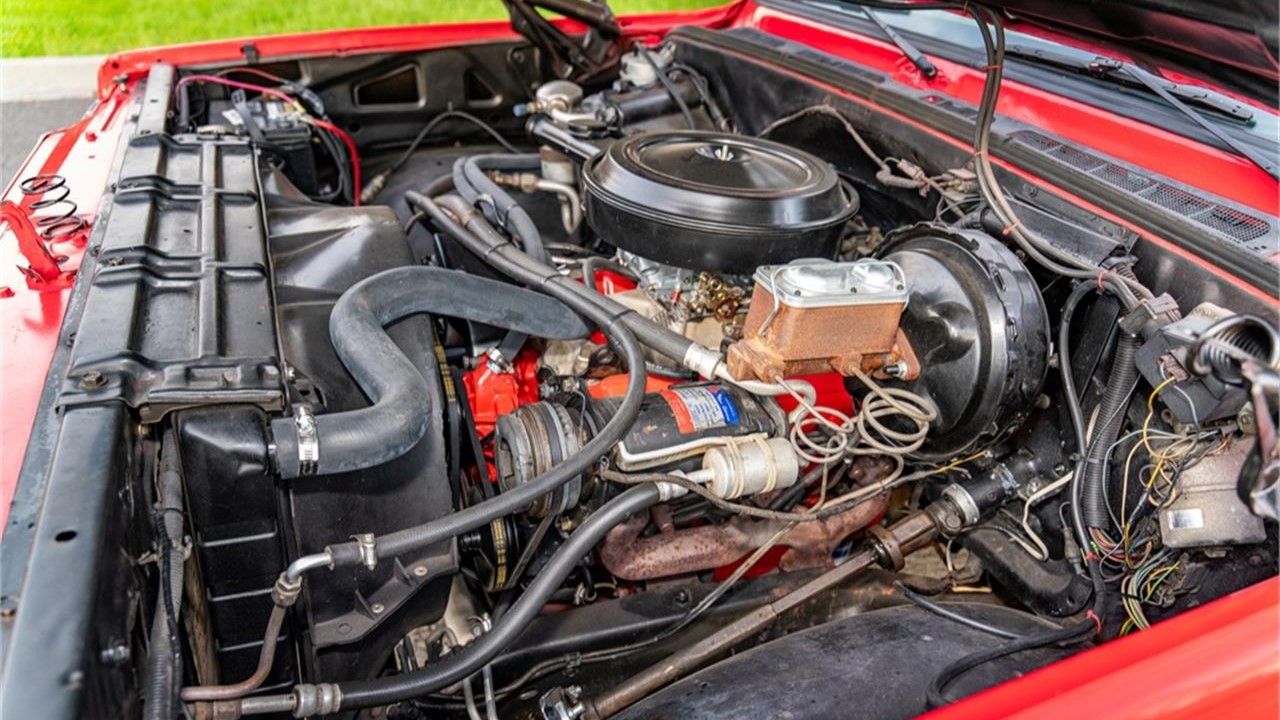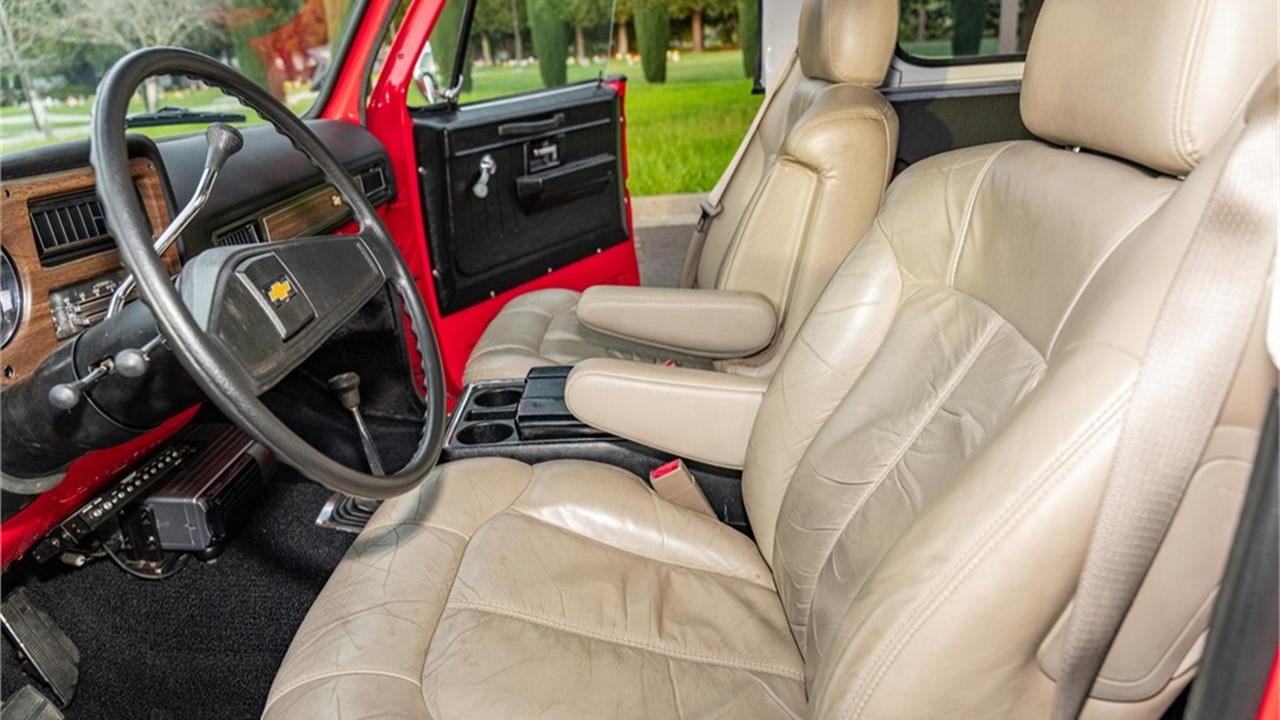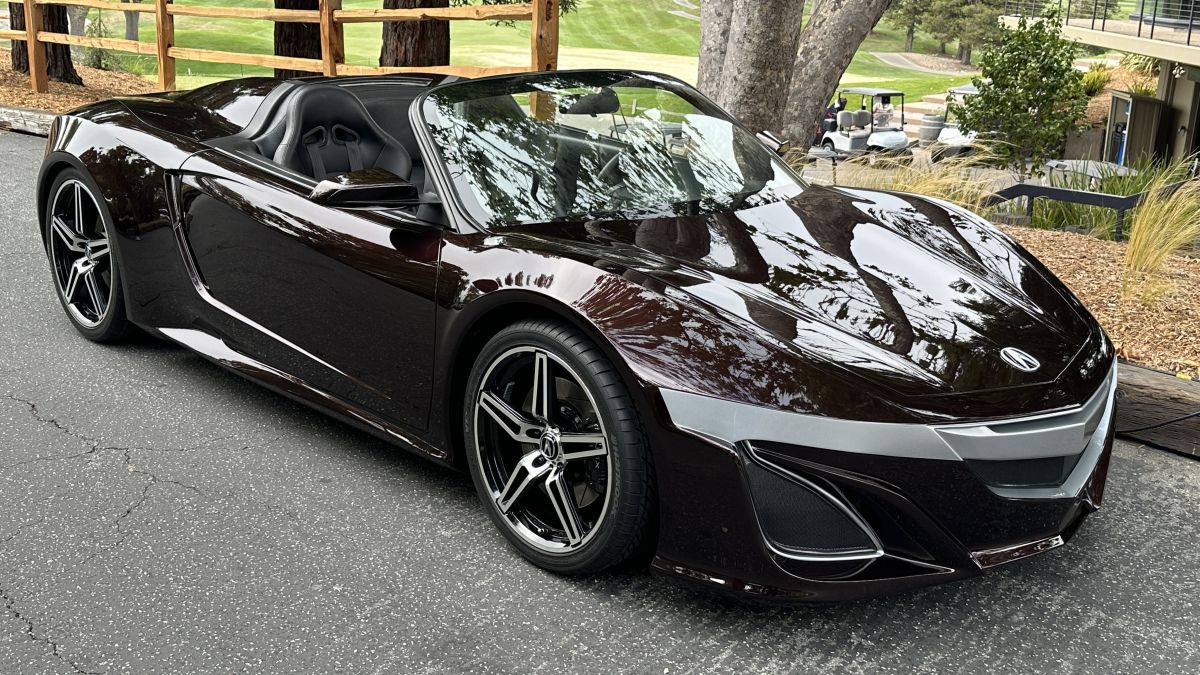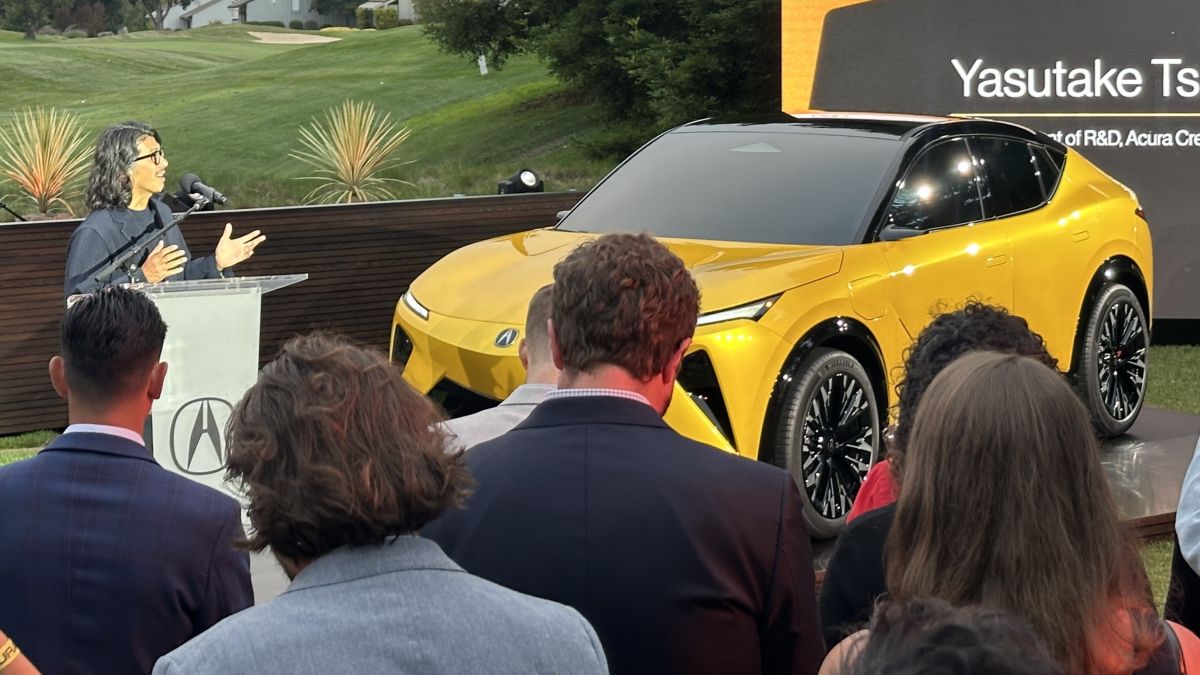Straightforward, simple designs were the name of the game when it came to trucks of the late 20th century. As I’ve observed with my 1994 Ford F-Series, it seems like the 1990s marked the last era of a truly analog driving experience – without the computer-aided tech features we see commonly today. Many modern pickups have power tailgates, trailer-backing aids, self-driving gear, and electronic side steps. While those are handy to have, as my dad would always say, “Sounds like just one more thing that can break.”
If you tend to like your trucks old-school like I do, you’ll appreciate this Arctic White gem. The Pick of the Day is a 1991 Chevrolet Silverado 1500 4×4 pickup listed for sale on ClassicCars.com by a private seller in Deep River, Connecticut.
“Completely original except for the addition of back rack, bedliner, and running boards,” the listing says. “Exterior and interior are nearly perfect.”
General Motors’ “GMT 400” chassis underpinned the company’s Chevrolet and GMC full-sized pickup trucks beginning in 1988 with the C/K Series. The platform had a nearly 14-year production run – a testament to both its durability and its popularity. The rivalry between Ford and Chevrolet was brewing in full force during the 1990s: Chevy had one ad in particular that said, “Kickin’ Dirt and Takin’ Names.” It went on to say, “When you’re charging down trails with your lug nuts to the wall, who wants to settle for second best? Get the 4×4 power, fuel economy and Insta-Trac to keep you winning.”
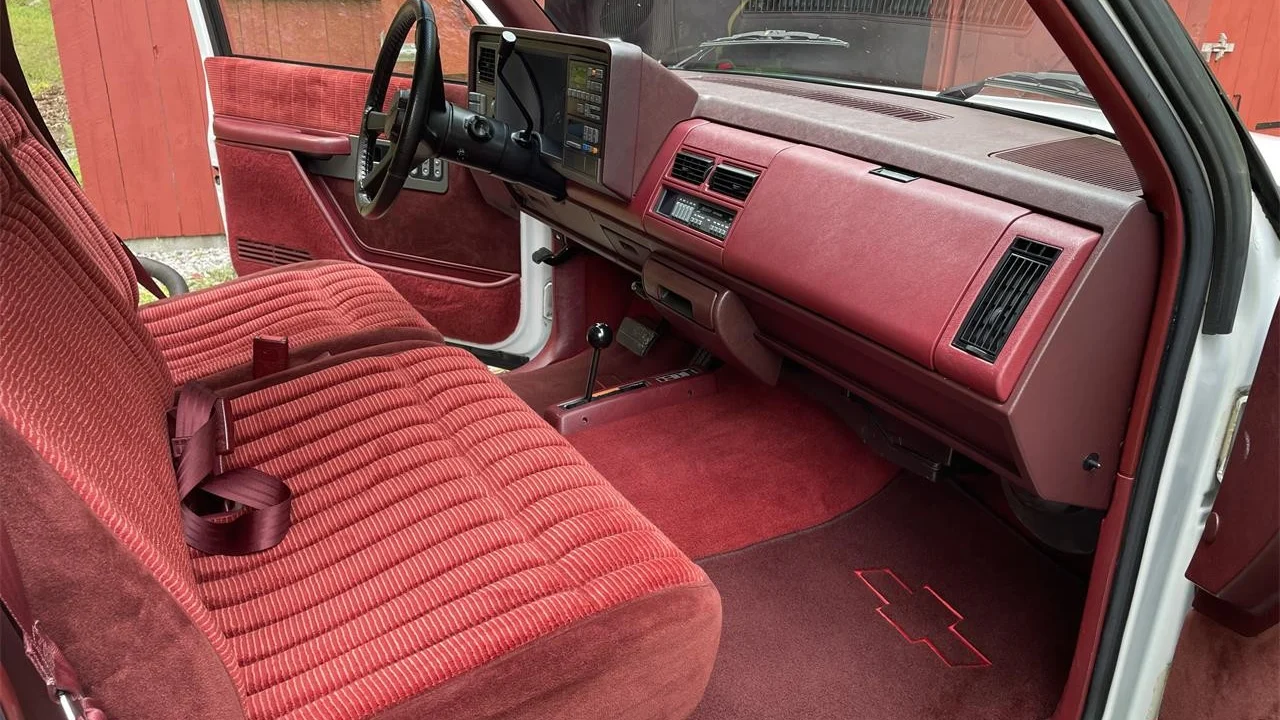
This clean, original example is optioned in “Z71 Off-Road” equipment, which means it came with an upgraded Rancho suspension, skid plates, an automatic locking rear differential, and, of course, the obligatory decals on the bed sides. The burgundy interior is perfectly ’90s, complete with a patterned cloth bench seat for three-abreast seating. Controls for the transfer case are floor-mounted, and the cab is rounded out by a set of bowtie-embroidered floor mats and a period-correct AM/FM cassette audio system.
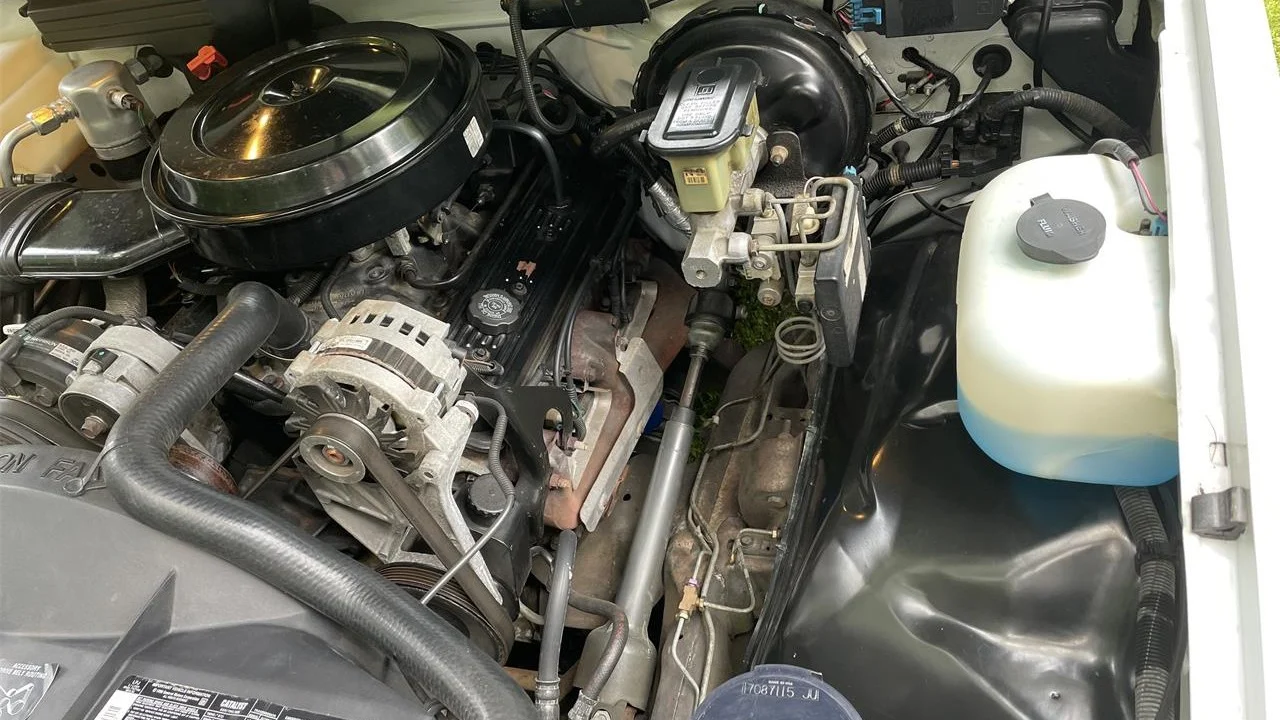
Some GMT 400 trucks came with a 4.6-liter Vortec V6, but this one was ordered with a larger engine. Power comes from a 350ci small-block V8 mated to an automatic transmission and a dual-range transfer case. The odometer shows just 81,750 miles.
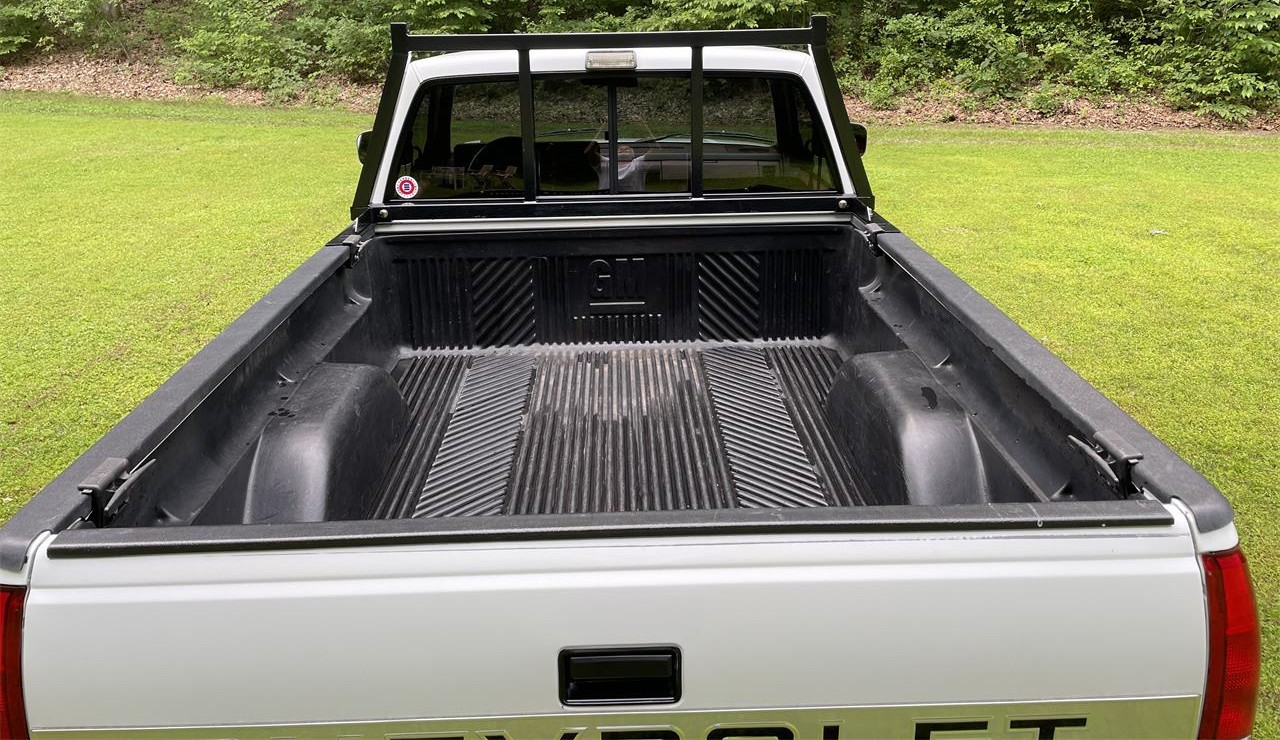
Most people don’t buy a pickup with the intent of preserving it like a future collectible, but in this case, we’re glad they did. “Perfect starting point for a beautiful 4×4 mod, or keep stock for car shows,” the listing concludes. “This truck turns heads and is a joy to drive.”
The asking price is $22,500.
Click here to view this Pick of the Day on ClassicCars.com

